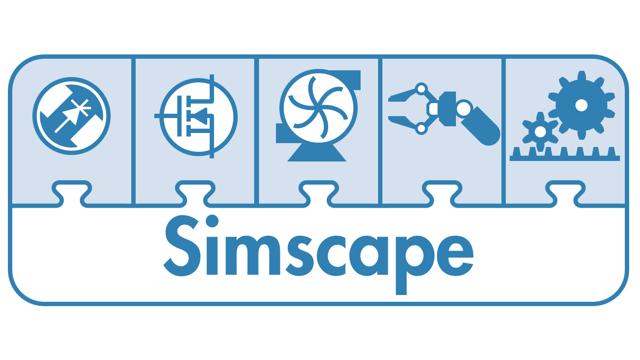Introduction to Embedded Systems | What is Embedded System | Embedded System basics | How to learn Embedded C
Embedded Systems Embedded systems are ubiquitous in today's world, from small consumer electronics to critical systems in automobiles and aircraft. Embedded C is a programming language used to develop software for embedded systems, and it is one of the most widely used languages for this purpose. If you are new to embedded programming, this post will help you understand what Embedded C is and how to get started with it. What is Embedded C? Embedded C is a variant of the C programming language that has been specifically designed for use in embedded systems. Embedded systems are computer systems that are designed to perform a specific task, and they are typically embedded within a larger system. Embedded C is a subset of the standard C language and includes additional features and syntax that make it easier to write code for embedded systems. Getting Started with Embedded C To get started with Embedded C, you will need a few things: - A Development Board: A development board is a sma...

